Jacqueline Hassink takes a seat at the table of power
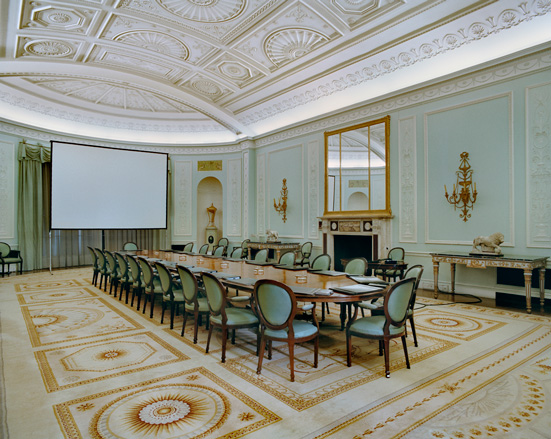
In 1996 when Jacqueline Hassink first published The Table of Power, her photo essays of the boardrooms of Europe’s largest industrial multinationals, she was just 27 and the world was a very different place. It was a landmark project, the first time most of these rooms had ever been seen by the general public.
In the spring of 2009, with the world already in the grip of financial crisis, the Dutch-born, New York-based artist decided to take another look at Europe’s economic landscape through its boardrooms, and to see how boardroom design, revenue and employee numbers in Europe’s upper corporate echelons had changed. The Table of Power 2, Hassink’s fourth project with creative director Irma Boom, is an intriguing study of power from an altogether unexpected perspective that provides a rare glimpse into the privy councils of the new millennium.
We caught up with Hassink to find out more...
Wallpaper*: The Table of Power 2 opens up the boardrooms of some of Europe’s leading corporations including ING Group, BNP Paribas, Banco Santander, Société Générale, Volkswagen and Siemens. How much red tape did you encounter in gaining access?
Jacqueline Hassink: There were many hurdles to overcome, but I think because of the internet and mobile devices, our boundaries of private and public spaces have changed, which means it’s easier to access people in the corporate world. That said, the economic crisis – and the negative image of banks – did make things more difficult.
W*: How long did you spend shooting each of the boardrooms?
JH: About 45 minutes to one hour.
W*: Which impressed you the most?
JH: Boardrooms are like sculptures to me. I walk around them and absorb the three-dimensional qualities of the table and the room. Dexia’s boardroom table is handmade from very beautiful wood. It almost looks like a sculpture.
W*: Are we correct in assuming there’s a very masculine feel to all the boardrooms?
JH: CEOs in European corporations usually influence the design of the boardroom and one of our findings on this project was that between 1995 and 2010, there were no female CEOs heading the top 40 European companies on Fortune’s Global 500. I also understood that it’s important for the boardroom to be practical in the sense that it’s a place for making decisions, so there shouldn't be too many objects distracting from that decision-making. One could say that that is a masculine way of thinking.
W*: What was the goal of the Laboratory section of the book? Was it simply an interesting compilation of figures or ranking of corporations by country, or were you trying to see if there was some kind of connection with the boardroom?
JH: The idea of the Laboratory section was a logical step. Travelling around photographing these rooms, I found I wanted to know the facts about the changes in the European corporate landscape. In New York, I worked with three research assistants collecting data from issues of Fortune magazine published over the past 15 years. Every year, Fortune publishes a ranking list of the world’s largest 500 corporations. I had questions that I wanted answered, such as: How many of the top 40 European industrials participating in The Table of Power (1993-95) remained on Fortune’s Global 500 in the years 2000, 2005, 2009, and 2010? How has the revenue for each European company on Fortune’s Global 500 that participated in both Table of Power projects changed over the 15-year period between the two projects? And on how many continents and in how many countries and territories did the top 10 European corporations on Fortune’s Global 500 have operations over the 15 years since the first Table of Power? We ended up creating 15 maps.
W*: What surprised you the most about the numbers/rankings?
JH: The huge increase in volume and the stagnation in growth around the crisis. We are all geared towards economic growth in this world, and all of a sudden, it felt like the running horse was standing still.
W*: What’s your next project?
JH: I’ve just finished another major body of work: View, Kyoto (2004-11), which will come out in 2013. Since 2004, I have spent a month or so almost every year in Kyoto documenting the relationship between private and public space in Zen Buddhist temples and their gardens.
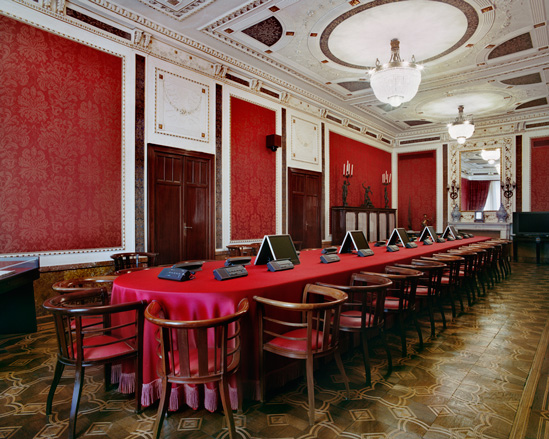
The boardroom of Italian insurance company Assicurazioni Generali, Venice, Italy
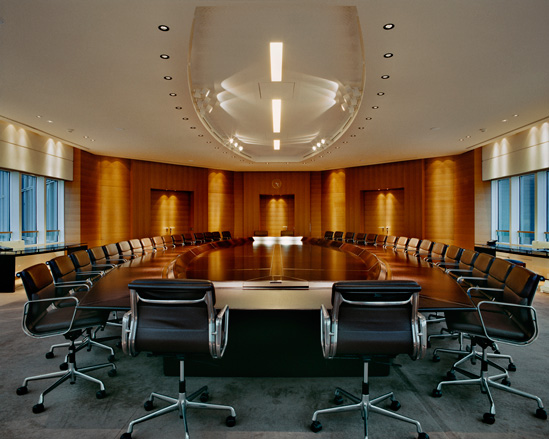
The boardroom of multinational oil company Total, Paris, France
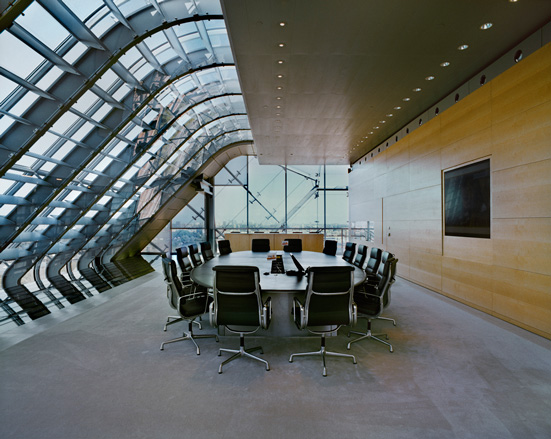
The boardroom of global financial institution ING Group, Amsterdam, The Netherlands
Receive our daily digest of inspiration, escapism and design stories from around the world direct to your inbox.
Daven Wu is the Singapore Editor at Wallpaper*. A former corporate lawyer, he has been covering Singapore and the neighbouring South-East Asian region since 1999, writing extensively about architecture, design, and travel for both the magazine and website. He is also the City Editor for the Phaidon Wallpaper* City Guide to Singapore.
-
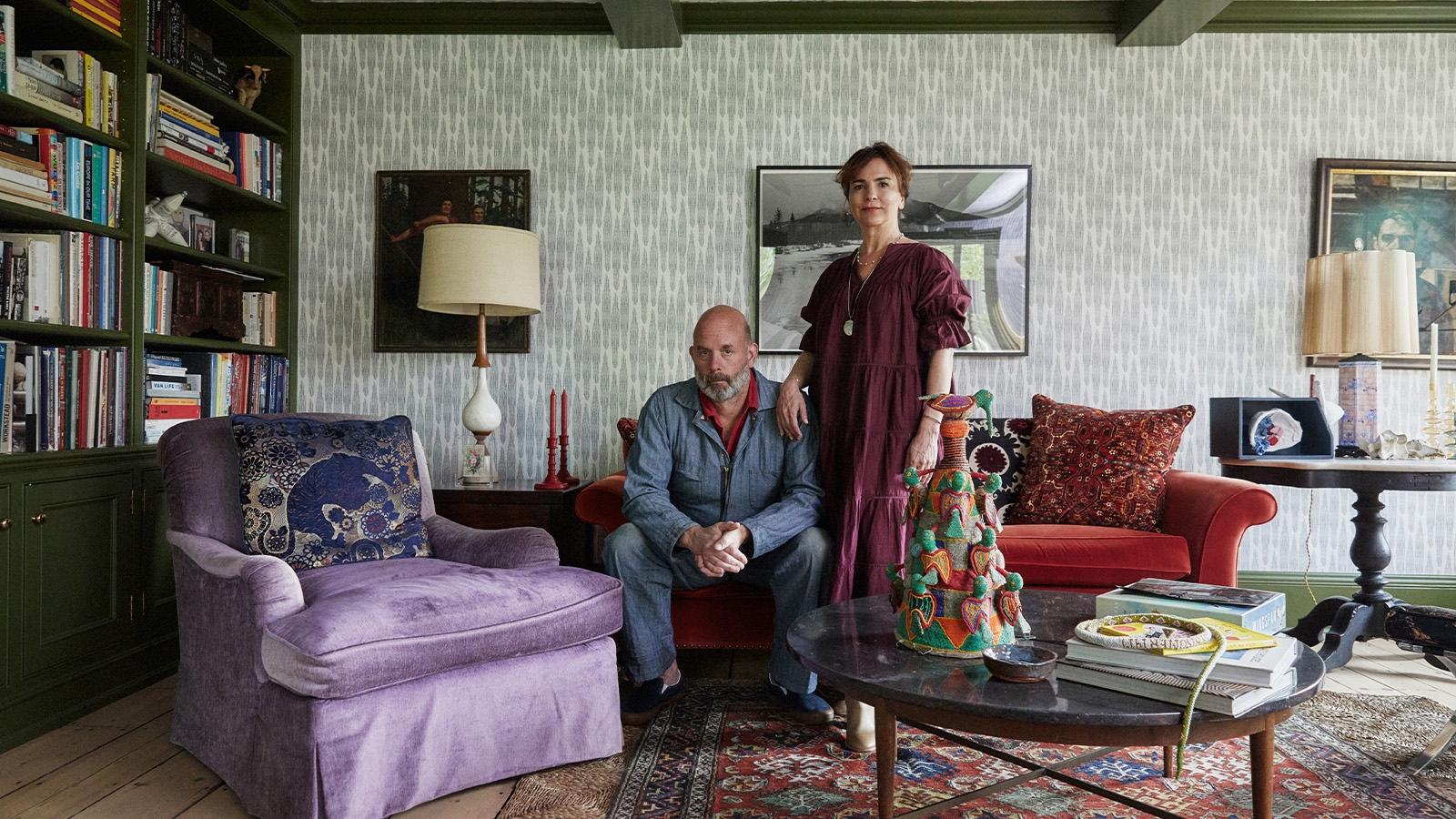 How We Host: Interior designer Heide Hendricks shows us how to throw the ultimate farmhouse fête
How We Host: Interior designer Heide Hendricks shows us how to throw the ultimate farmhouse fêteThe designer, one half of the American design firm Hendricks Churchill, delves into the art of entertaining – from pasta to playlists
-
 Arbour House is a north London home that lies low but punches high
Arbour House is a north London home that lies low but punches highArbour House by Andrei Saltykov is a low-lying Crouch End home with a striking roof structure that sets it apart
-
 25 of the best beauty launches of 2025, from transformative skincare to offbeat scents
25 of the best beauty launches of 2025, from transformative skincare to offbeat scentsWallpaper* beauty editor Mary Cleary selects her beauty highlights of the year, spanning skincare, fragrance, hair and body care, make-up and wellness
-
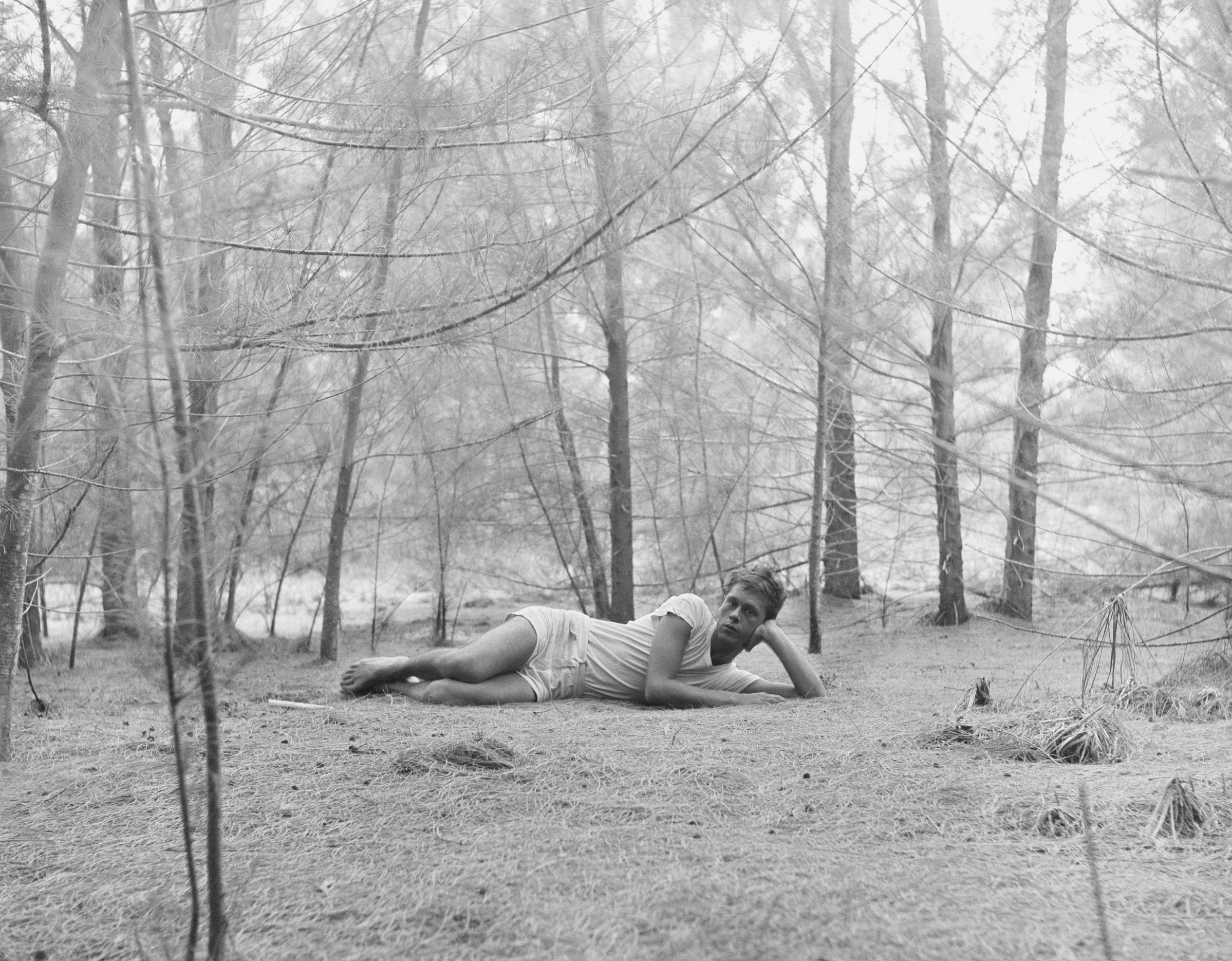 Inside the seductive and mischievous relationship between Paul Thek and Peter Hujar
Inside the seductive and mischievous relationship between Paul Thek and Peter HujarUntil now, little has been known about the deep friendship between artist Thek and photographer Hujar, something set to change with the release of their previously unpublished letters and photographs
-
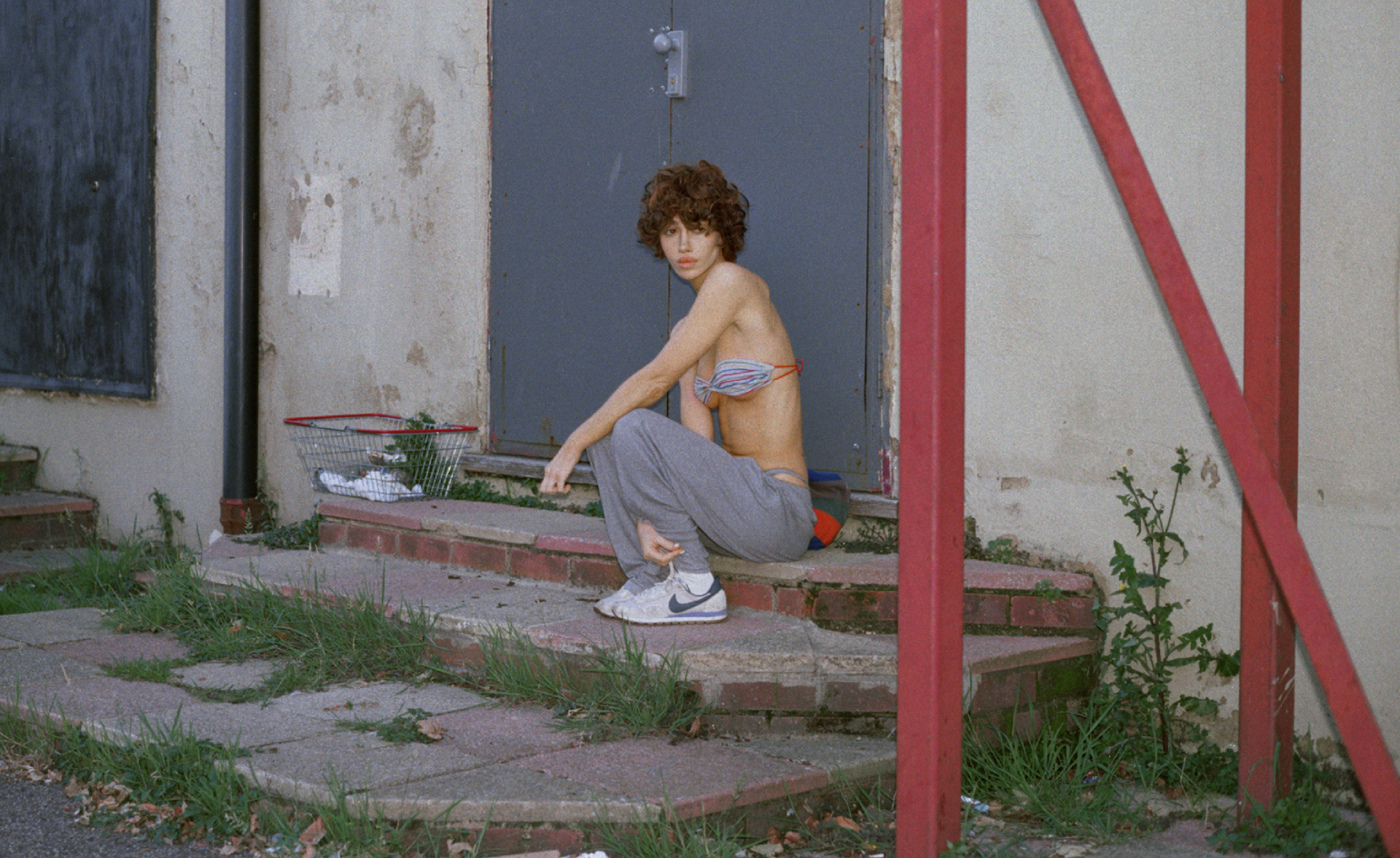 Nadia Lee Cohen distils a distant American memory into an unflinching new photo book
Nadia Lee Cohen distils a distant American memory into an unflinching new photo book‘Holy Ohio’ documents the British photographer and filmmaker’s personal journey as she reconnects with distant family and her earliest American memories
-
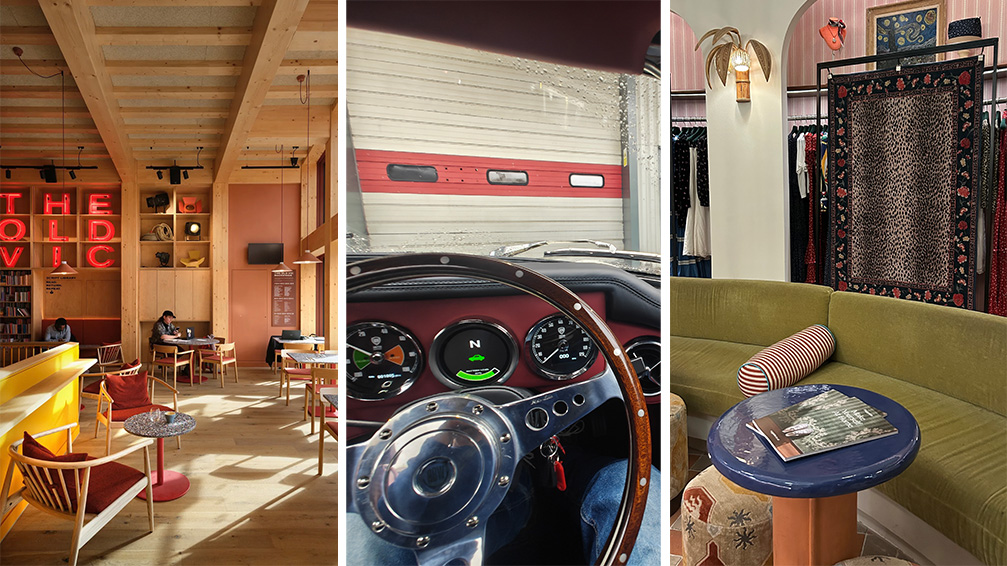 Out of office: The Wallpaper* editors’ picks of the week
Out of office: The Wallpaper* editors’ picks of the weekThe rain is falling, the nights are closing in, and it’s still a bit too early to get excited for Christmas, but this week, the Wallpaper* team brought warmth to the gloom with cosy interiors, good books, and a Hebridean dram
-
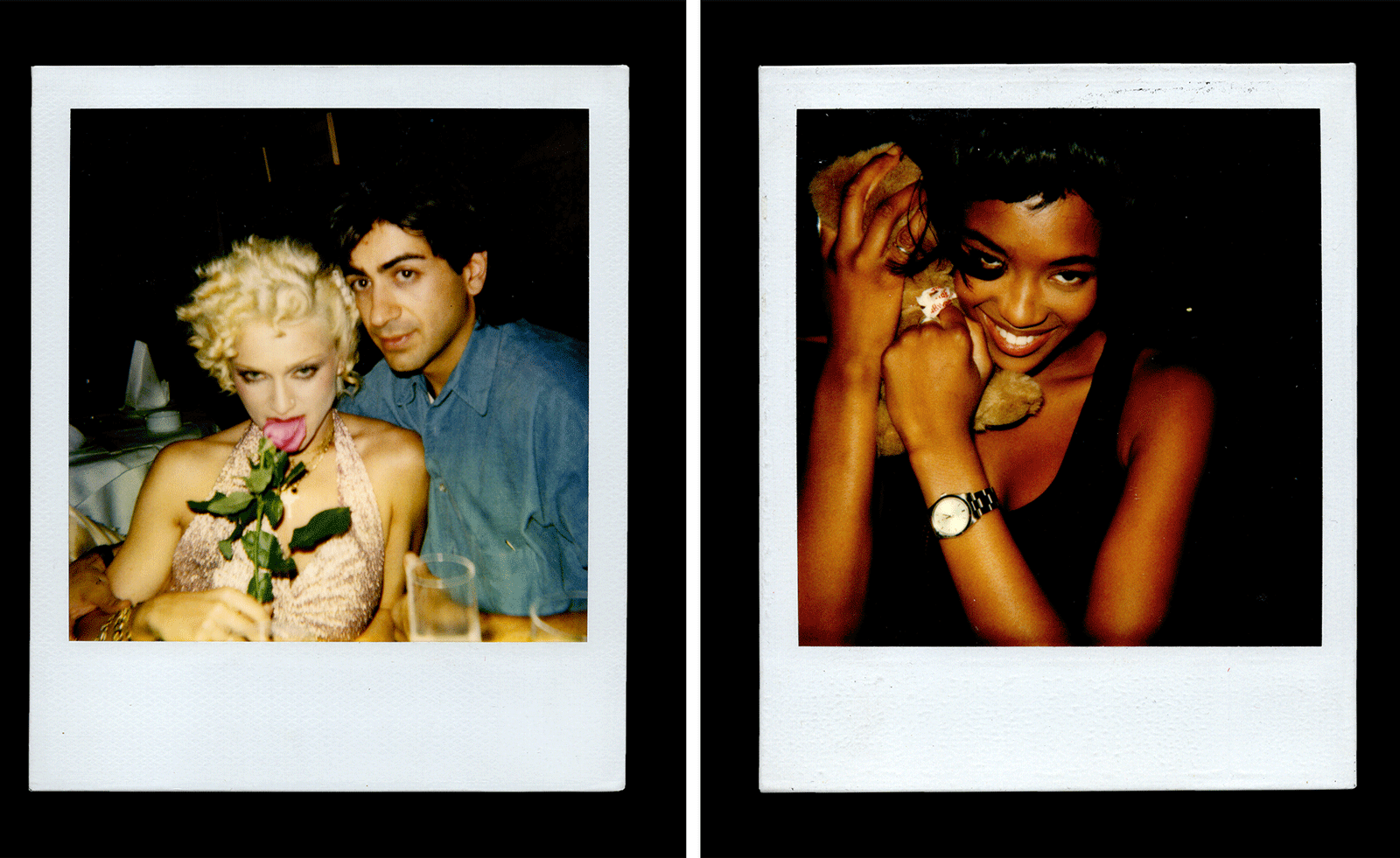 Inside Davé, Polaroids from a little-known Paris hotspot where the A-list played
Inside Davé, Polaroids from a little-known Paris hotspot where the A-list playedChinese restaurant Davé drew in A-list celebrities for three decades. What happened behind closed doors? A new book of Polaroids looks back
-
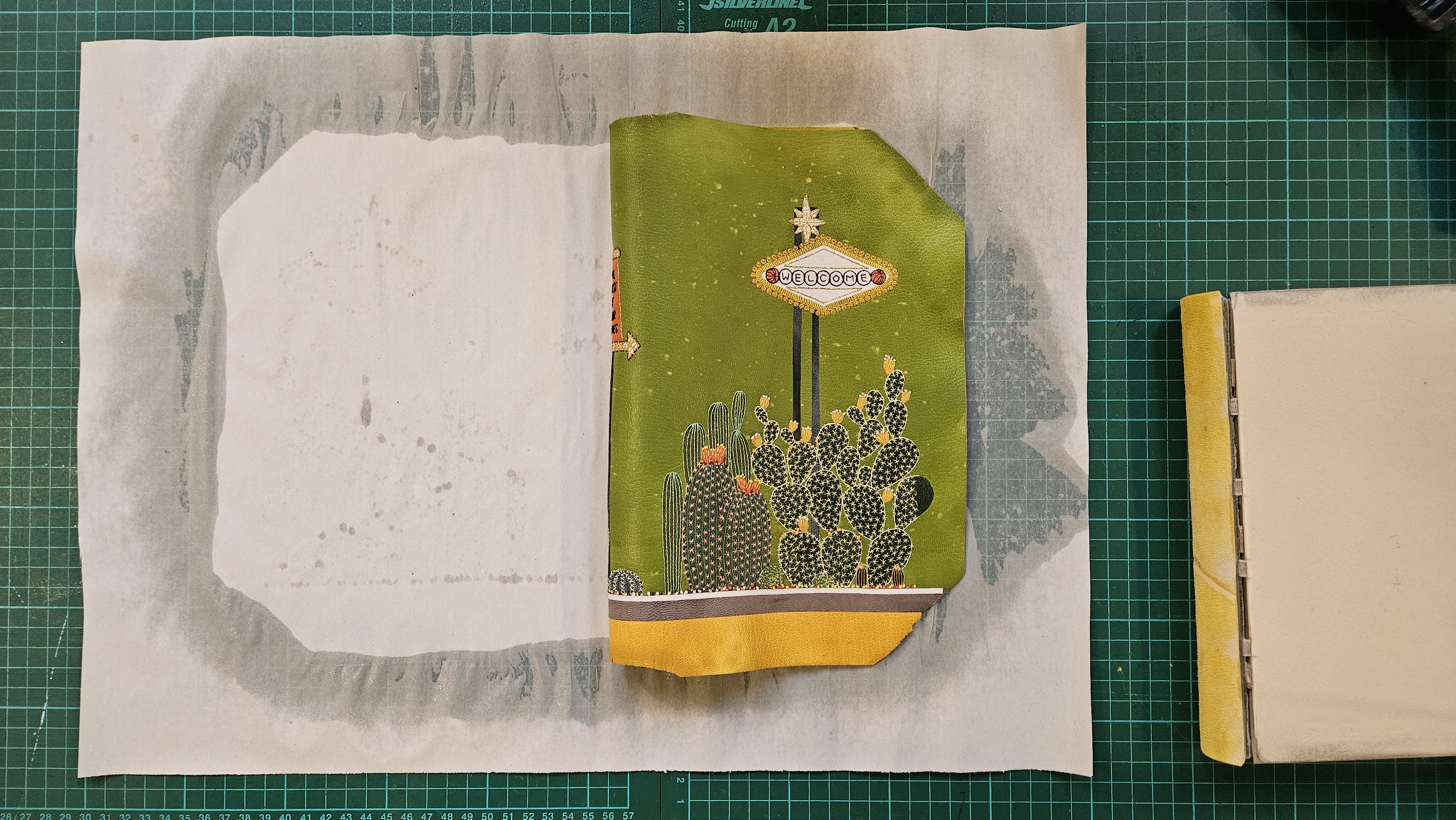 Inside the process of creating the one-of-a-kind book edition gifted to the Booker Prize shortlisted authors
Inside the process of creating the one-of-a-kind book edition gifted to the Booker Prize shortlisted authorsFor over 30 years each work on the Booker Prize shortlist are assigned an artisan bookbinder to produce a one-off edition for the author. We meet one of the artists behind this year’s creations
-
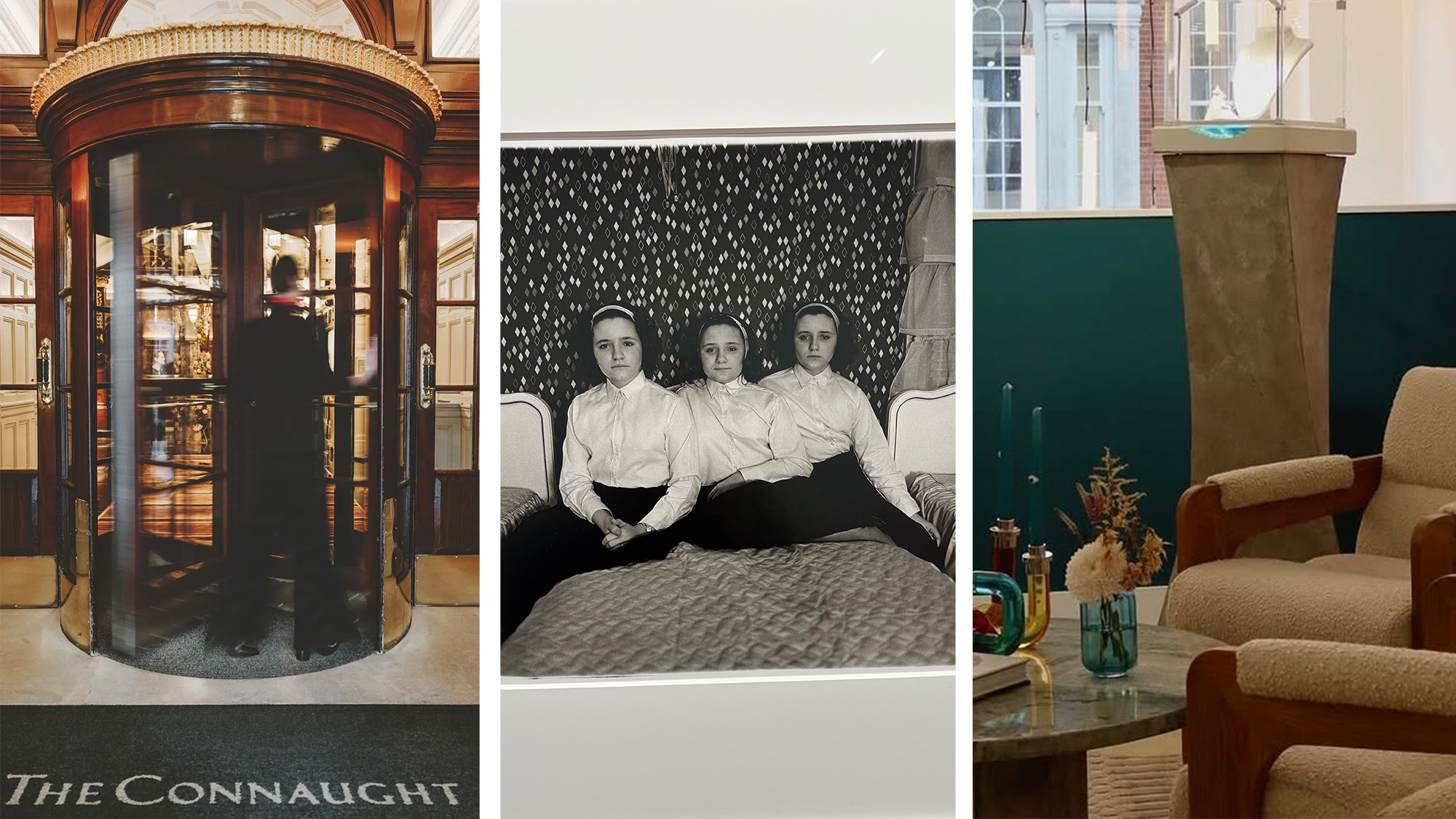 Out of office: The Wallpaper* editors’ picks of the week
Out of office: The Wallpaper* editors’ picks of the weekThis week, the Wallpaper* editors curated a diverse mix of experiences, from meeting diamond entrepreneurs and exploring perfume exhibitions to indulging in the the spectacle of a Middle Eastern Christmas
-
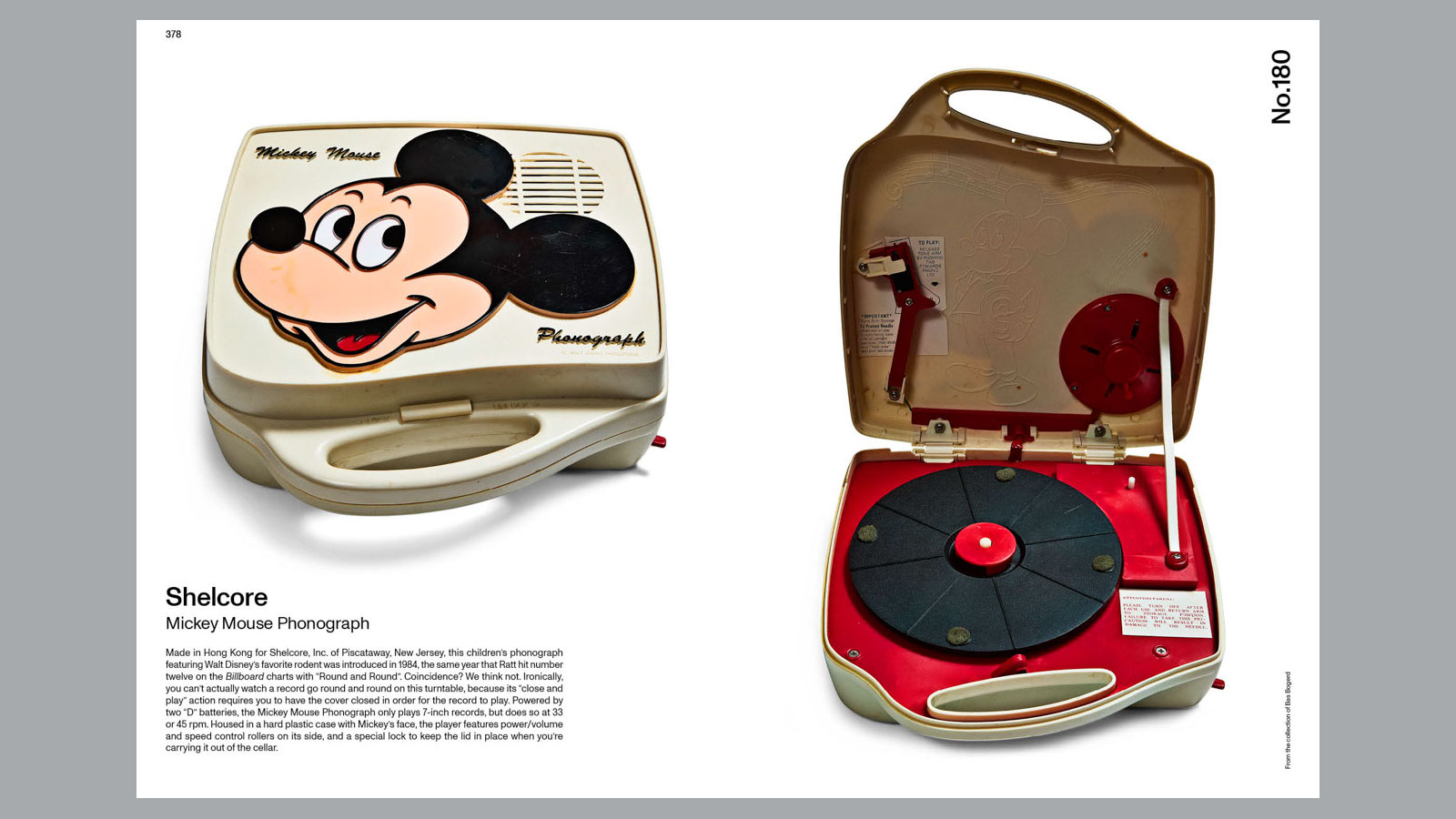 14 of the best new books for music buffs
14 of the best new books for music buffsFrom music-making tech to NME cover stars, portable turntables and the story behind industry legends – new books about the culture and craft of recorded sound
-
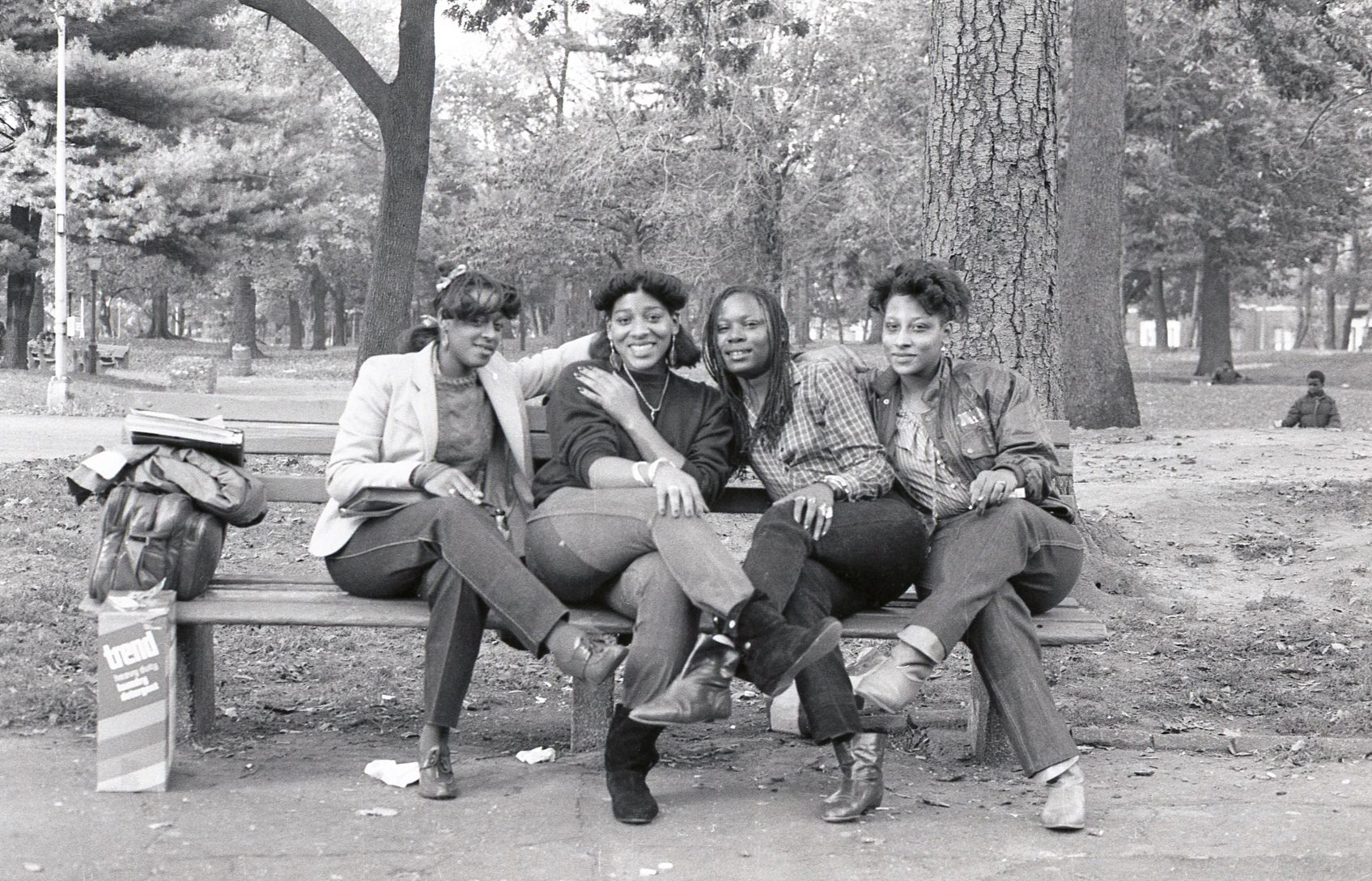 Jamel Shabazz’s photographs are a love letter to Prospect Park
Jamel Shabazz’s photographs are a love letter to Prospect ParkIn a new book, ‘Prospect Park: Photographs of a Brooklyn Oasis, 1980 to 2025’, Jamel Shabazz discovers a warmer side of human nature